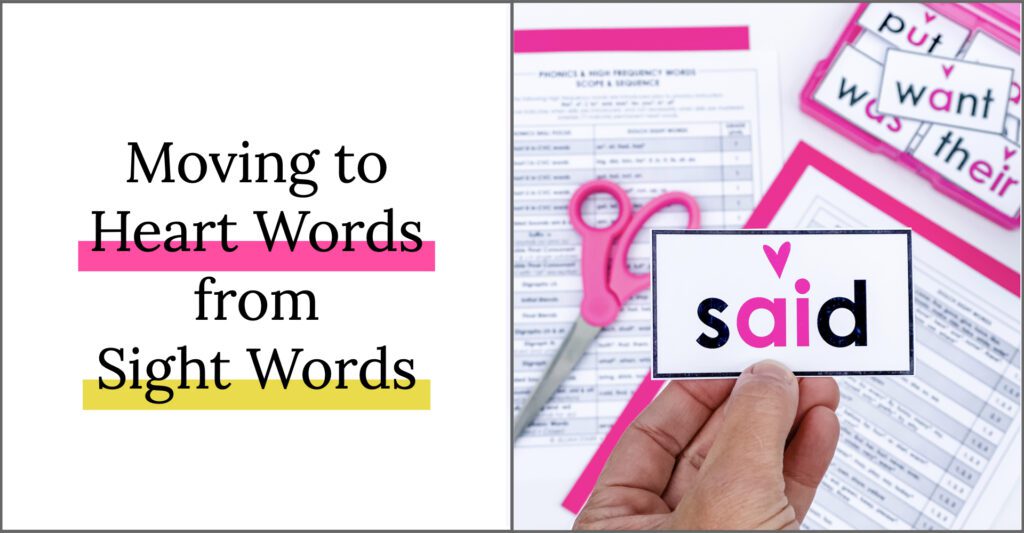
Ever had a student get stuck on a relatively common yet phonetically tricky word? A better question would be…who hasn’t? I can’t even count the number of times I’ve been in this situation. In those moments, we run through our mental list of how to help. Lucky for us, there is a system that spells out how to support our students with these tricky high-frequency words. Let me introduce you to flash words and heart words!
Thanks again to Science of Reading research that demonstrates how humans learn to read and lays out clear, evidence-based strategies for teaching reading. Today, let’s take a closer look at heart words and how to shift our sight word practices to line up with the research.
Heart Words and Flash Words
When we think about what we’ve traditionally called sight words or high-frequency words, we’re thinking about words that show up everywhere and all the time, right? We want our students to be able to read these words effortlessly and efficiently since they’ll be coming across them often. The Science of Reading research shows us that there’s more to understanding sight words and how students learn them.
What’s Happening When We Read High-Frequency Words?
Orthographic mapping is a key piece to this complex puzzle. This is the work that our brain does to connect sounds to letters so that when we come across a word, we can quickly and accurately put those sounds together. It might appear that the word is memorized, but really the reader is very efficiently putting sounds together – almost automatically! It would be nearly impossible to memorize the tens of thousands of words that readers need to retrieve on a daily basis.
However, by connecting twenty to thirty letter sounds, a reader can put together thousands of words. As students commit these to memory and practice them consistently, they increase their orthographic lexicon or “sight word memory.” When this magic happens, that’s when our students can efficiently and accurately read the words on the page.
What are Heart Words and Flash Words?
Flash words are words we can read “in a flash” and are essentially decodable high-frequency words. Words like him, it, and can fit into this category. When our phonics instruction is systematic and explicit, our students will learn these letter sounds, commit them to memory, and be able to retrieve them for reading. When we slow down to think about it, so many words in the English language fall into this category of words that fit the phonics patterns… as long as you know the phonics patterns. The more phonics patterns that our students know, the more words they will be able to solve.
I hear you yelling at me: not every word falls into this category! English is SO tricky! You are right.
There is a category for those words, too. Some parts of words, even words that show up frequently in our reading and writing, do not completely fit a phonics pattern. Words like said, was, and want are totally rogue, phonetically speaking. We call these words heart words. We can use our phonics skills to decode parts of the word, but we need to commit part of that word to memory (aka “heart”).

Are We Just Talking About High-Frequency Words?
According to research, the top 100-200 high-frequency words on Dolch and Frye lists make up 50% of the words that students will read and write in elementary school. So yes, these words show up a lot! But calling them high-frequency words doesn’t exactly tell the whole story. Once our students know the phonics patterns, flash words are completely decodable. Heart words will become increasingly decodable as students learn more phonics patterns and commit more of those “heart parts” to memory.
Making the Shift
Maybe you’ve been doing a word wall for ages, but you feel ready to dip your toes into heart words and flash words. It can be so overwhelming to switch gears and figure out where to begin. That’s why this post is here! Supporting our students in efficiently reading these words is imperative for decoding texts and being prepared to read increasingly more challenging texts.
Start with Your List
To begin, gather your list of high-frequency words that you’ve been using. Maybe it’s a list from your district, curriculum, or grade level. Go through this list and sort the words by phonics patterns (short vowels, CVC, blends, digraphs, CVCe, etc.) You’ll also end up with some words that do not completely fit with a phonetic pattern.
Flash Words
The words that fit perfectly into a phonetic pattern will become your flash words. As you teach these, emphasize that these words follow a pattern. You can group them by pattern and teach words that follow the same pattern at the same time.
Heart Words
Remember those words that didn’t fit into a phonetic pattern? These words are now your heart words. When teaching these words, we still highlight the parts of the words that students can solve with their phonics skills. Students will be able to read some of the sounds in those words with what they have learned. Then, we teach the part of the word that they need to commit to heart. The result? Increased accuracy and efficiency in our readers.
Important Note: The Early Stages
If you’re teaching in the early grades, some words will start as heart words because students don’t know the phonetic pattern yet. These words will become flash words over time. It makes sense to teach 10-15 of these common heart and flash words during the very beginning stages of phonics instruction. This short but important list of words, taught one or two at a time, will be more manageable for students than memorizing a larger list of high-frequency words.
Free Heart Word Cards
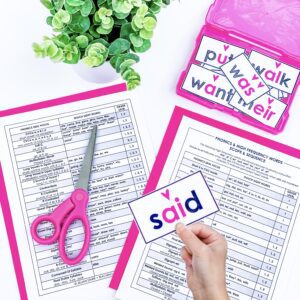
FREE Heart Words and Phonics Scope & Sequence
Looking to get started with Heart Words? This FREE pack includes 220 high-frequency words, a detailed phonics scope & sequence, and an editable version to help meet your unique needs.
If you would love to start making the shift to heart words and flash words, but cannot handle one more thing on your plate, I’ve got you covered! I have translated the entire list of 220 Dolch Sight Words into heart word and flash word cards for you! Best part? They’re FREE!
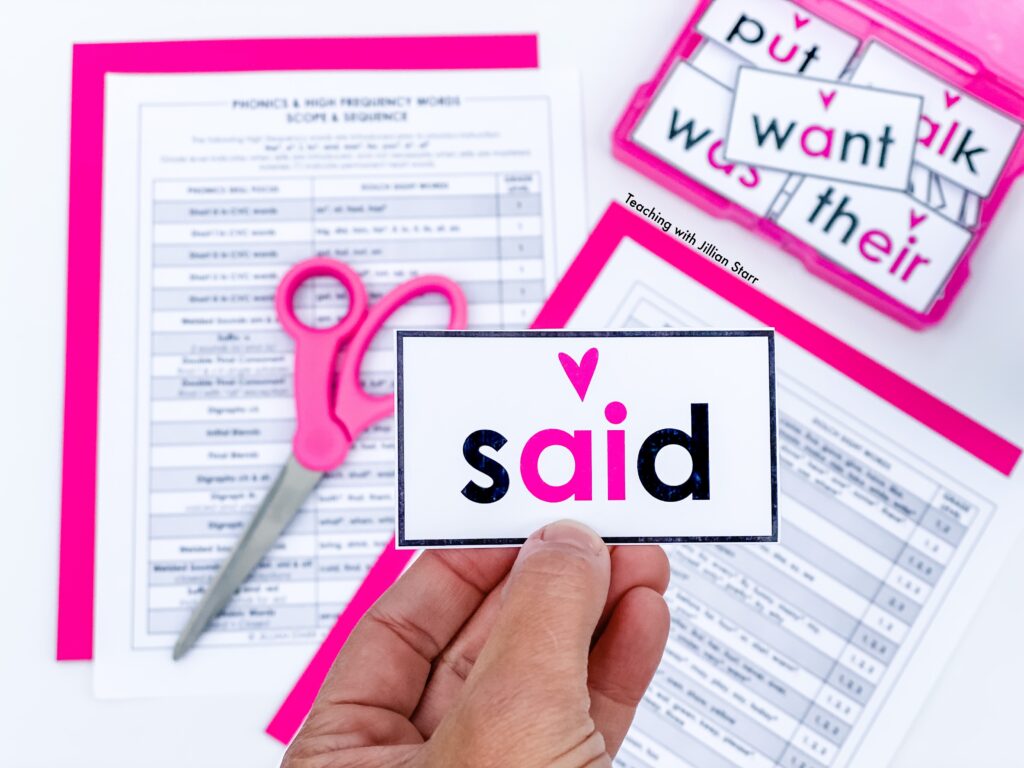

Editable Heart Word Cards
I’ve also included an editable version for two reasons:
- While it is ideal to introduce heart words as they come up in your phonics instruction, there are some words that you may want your students to access before then. Essentially this means that some words will have “temporary heart parts,” and I want you to be able to create those when needed.
- Regional diction is often overlooked when discussing phonics instruction. Sometimes heart words will vary depending on accents and how words are pronounced in different parts of the country. For example, I say the word “carry” with a short ă, which follows the Double R Exception Rule (when there is a Double R, it is no longer an R-controlled vowel) and would not be considered a heart word. Elsewhere, the word carry rhymes with hairy, and in that case, it would be considered a permanent heart word.
I want to be able to create what you need for your classroom, and sometimes that means an editable version is the most helpful thing I can offer.
Phonics Scope and Sequence with Heart Words
What’s even better? I’ve included a thorough phonics scope and sequence that includes which heart words and flash words align with each part of the sequence. This scope and sequence details phonics skills for first, second, and third grade and includes all 220 Dolch sight words.


Ways to Practice Heart Words
Now that we know the why of teaching heart words and flash words, let’s get to the good stuff. I’m talking about practical tips that will make these concepts come to life in your classroom. The more exposure students have to systematic phonetic instruction, the more these phonetic patterns will become part of their orthographic lexicon.
So how do we get our students to practice these skills in multiple and varied ways? They can:
- Find and point out these words in lists or texts
- Read these words in isolation (on a card)
- Read these words in context (in a sentence)
- Write these words
- Practice reading, writing, and spelling these words in a multisensory way
Some of my personal favorite activities to practice heart words are:
- Highlight or use highlighter tape to identify the heart part of the word
- Sound boxes with hearts to show that a part of the word comes from memory and does not follow the rule
- Phonics poems and decodable books where the focus is on fluency and words that can be solved
- Word Work Menus to incorporate student choice into the reading and writing of these words
Making the shift from sight words and high-frequency words to heart words can seem like a big task. But by breaking this transition down into practical and manageable shifts, we can provide our students with consistent ways to learn and practice heart words. Which strategy will you try first? Let us know in the comments!





FREE Heart Words and Phonics Scope & Sequence
Looking to get started with Heart Words? This FREE pack includes 220 high-frequency words, a detailed phonics scope & sequence, and an editable version to help meet your unique needs.
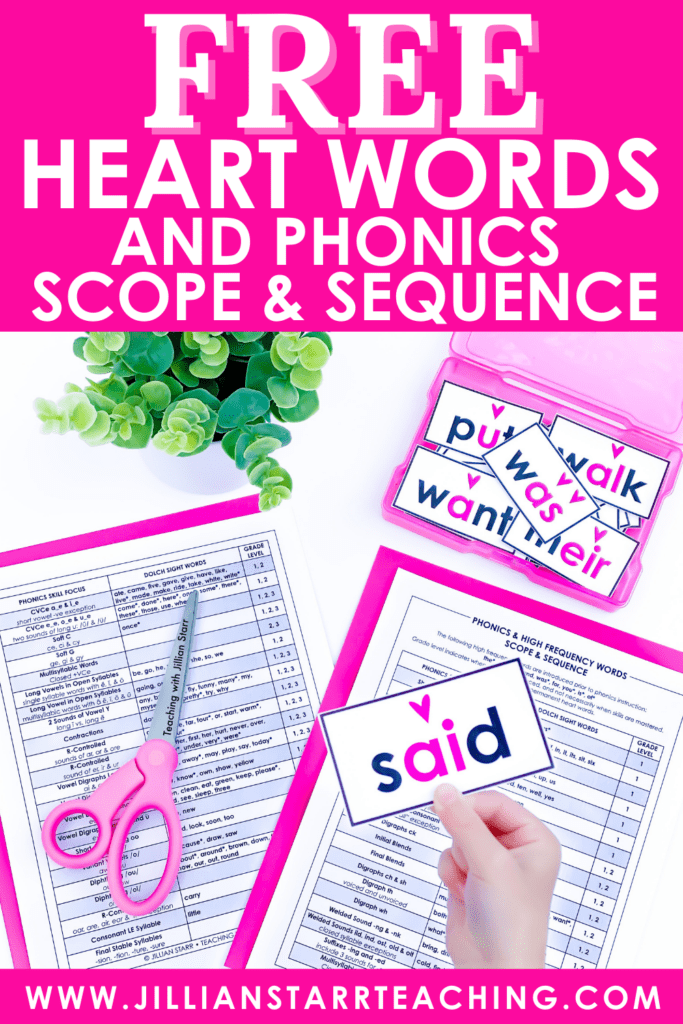


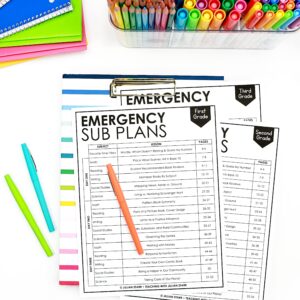

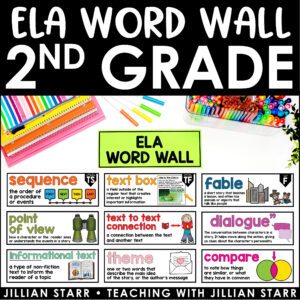
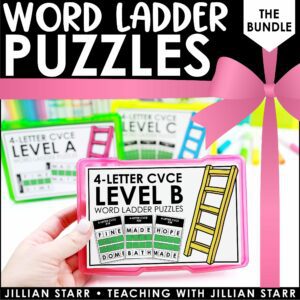
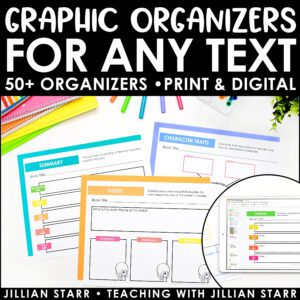
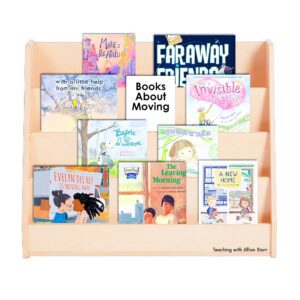
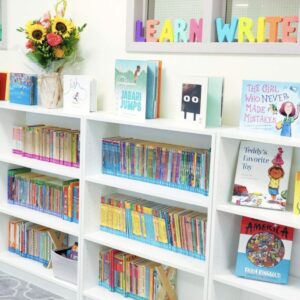



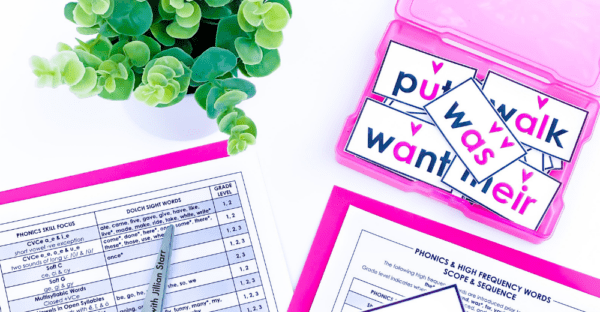

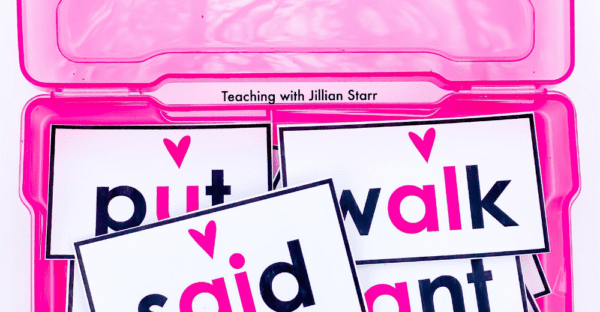
Love this! Can’t wait to start using it 🙂
I would love the Heart Words and phonics scope and sequence. Thanks for sharing!
Hi Sharon! I’m so glad you enjoyed this post. The heart words and phonics sequence are available right at the top of the page. If you put in your email address, it will be emailed right over to you!
I would love to use this. It will not let me download the link. Please let me know how I can get this freebie or pay for it! Thank you!
Hi Sarah!
When you click on the link, there will be a small downward arrow in the top right corner of the window. You need to click on it in order to download the entire zip file at once. Please let me know if this doesn’t work for you, and I’m happy to help you further!
Warmly,
Jillian
Thank You so much for sharing. This is terrific.
Thank you so much! This is perfect for my daily “password” routine!
Thank you! I have been looking for a resource just like this- thank you!!!
Thanks so much for the wealth of information. It will really help.
Thank you so very much for the heart word freebie! Will be putting it to use very soon:)